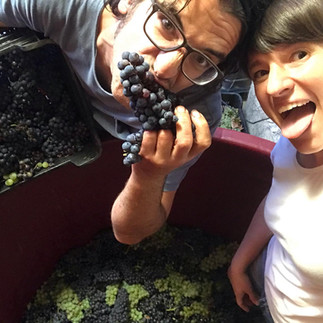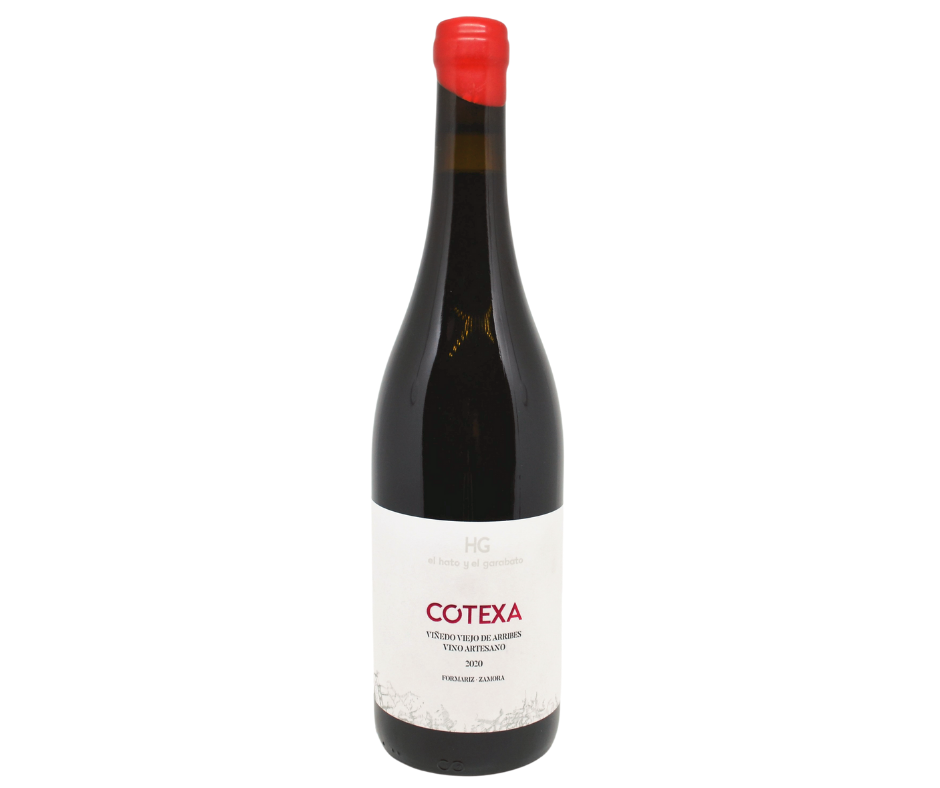Arribes, the hidden gem along the River Duero
- Iván González Gaínza
- Jul 25, 2022
- 4 min read
Updated: Jul 19, 2023

During wine tasting experiences, I am often asked 'How many Denominations of Origin (D.O.) are there in Spain?'
In truth, there is an ever-increasing number of D.O.s in Spain, and just when I think I know most of them, another one appears on my radar and I feel compelled to find out more about it, and taste some of the wines that have originated from there.
Right now there are 70 D.O.s in Spain alone, ranging from the Balearics to the Canary Islands, from Cataluña to Cadiz, and from Extremadura to Valencia.
In a nutshell, you're close to a D.O. wherever you are in Spain.
So, what exactly is a D.O.? Simply put, it is a private governing body that oversees the quality, standards, and sometimes, style of wine produced in a particular region. It is normally economically supported by the wineries who have subscribed within the said region, however, not all of them have to submit to the D.O. or make the wines according to their script.
Rioja is clearly one of the most famous Spanish D.O.s, followed by Ribera Del Duero, Rueda, Rías Baixas, and then Priorat. But there are also some lesser-known D.O.s, and the immediate ones that spring to mind are Uclés, Tacoronte-Acentejo, Arlanza, and Bullas.
For this particular article, I want to focus on Arribes Del Duero, which is the mother of all unknown regions on the Spanish winemaking map.

So where exactly is it?

As it has the name Duero in it, this gives an immediate clue. If you know much about Ribera Del Duero you will know this winemaking region follows the River Duero from east to west on its way to Portugal and the city of Porto. However, before crossing the border to the land of our Iberian neighbours the river doesn't continue in a straight westbound line. Instead, it turns south and runs parallel to a granite mountain range. Here, the river acts as a natural border, and this is where you will find Arribes Del Duero. It was declared a protected Natural Park in 2002, and the area has a unique climate that makes it very special for the plants and animals that reside here.

Do they make wine in Arribes Del Duero?
Not only do they make wine, but they make great wines in Arribes! Historically wine has been made here since the middle ages, but it was during the 19thC that the region saw an increase in vine plantations. Currently, Arribes is a wine region that has all the right ingredients to attract both wine geeks and sommeliers. It has a good number of unheard of indigenous grapes like Puesta en Cruz, Juán García, Bruñal or Gajo Arroba. The presence of cooperatives has enabled many of these varieties to be preserved, and now there are a good number of them who have a respectable and well-appreciated age. There has not been much media attention given to this area yet, but as young winemakers, and Mr Raúl Pérez himself is settling down here, it is only a matter of time before this D.O. receives more acclaim.
Arribes has been on my radar since I met Liliana Fernandez at a large wine fair in Barcelona in 2020. Liliana and her husband José Manuel Beneitez, have a small winery called El Hato y El Garabato (an expression used in El Quijote meaning ‘giving away everything you have').

They manage 8 hectares of vines that range from 80 to 120 years old. The winemaking methods are as manual as they can be, intervention is kept to a minimum, and sometimes they even use their feet and hands to press the grapes. Liliana and José are primarily focused on producing wines that are representative of the region and can be presented to the world as top-of-the-range wines. Not only is their project gaining critical attention, but some renowned winemakers are keeping a close eye on Liliana and José’s progress, maintaining a healthy interest in the area and offering exchanges of information.
A common characteristic of the wines of El Hato y El Garabato is their fluidity. In addition to being very fruit-based, they also have attractive colours and aromas and are among the most subtle of wines to drink. For me, silkiness aptly describes the style of wines produced here, to the point where it is so easy to forget that you are enjoying an alcoholic drink.
Here is a brief description of three of the wines produced at El Hato y El Garabato:
- Ecléctico is a white wine made using Puesta en Cruz grapes. This is a grape variety that José has been keen to bring back from near extinction. There are only 2 hectares of this variety in the world and El Hato y El Garabato is the only winery making a wine that is 100% Puesta en Cruz. The grape variety is not very aromatic, but it is super complex in the mouth. This is a white wine to enjoy with summery rice dishes and grilled fish.
- Cotexa is a field blend. 85% of the grapes are Juan Garcia and the remaining 15% is made up of every other grape variety grown on the same plot (there are up to 7 grape varieties here). This wine has had a short extraction period, meaning the skins have been left in contact with the must for a short period, in this particular case 4 days, and it has then been aged in a barrel for 7 months. This wine is very light red, with an attractive sheen. It is also light in the mouth but has plenty of red fruit flavours.
- Sin Blanca was the first wine ever made by Liliana and José. In Spanish 'estar sin blanca' translates as ‘to be broke’. After all the investments Liliana and José made to create their dream they found themselves with no money, so they called this wine Sin Blanca. The blend is identical to Cotexa, but the extraction here is longer, as well as the time in the barrel. This wine has a bit more body, as well as a juicy, fresh, almost herbal and mineral quality to it. It is an absolute delight.
Of course, there are other small wineries in the area that are worth further investigation such as AlmaRoja, Bruneo and Bodegas Frontio, so if you come across Arribes wines from any of these producers, try them out, if only out of curiosity!!
After all, it can get monotonous drinking the same wines from the same region all the time.















Comments